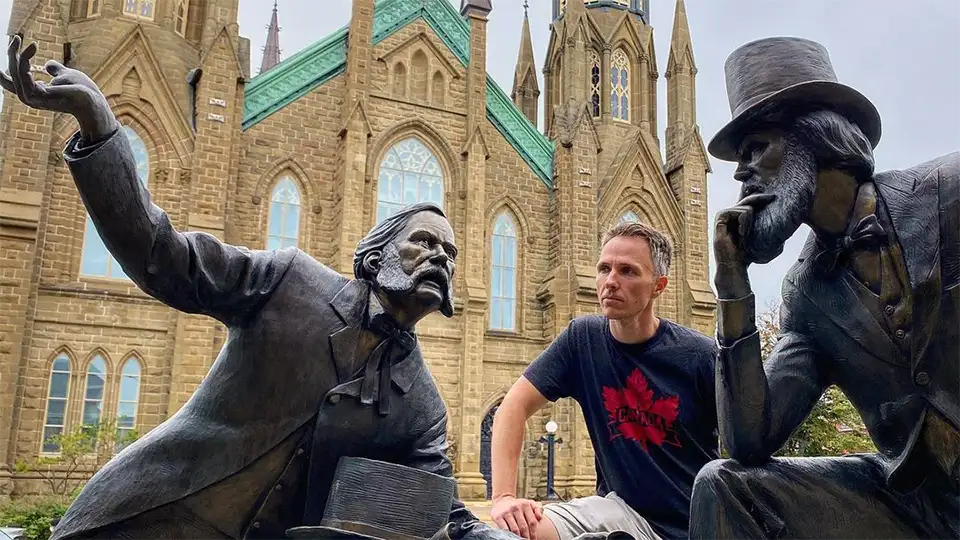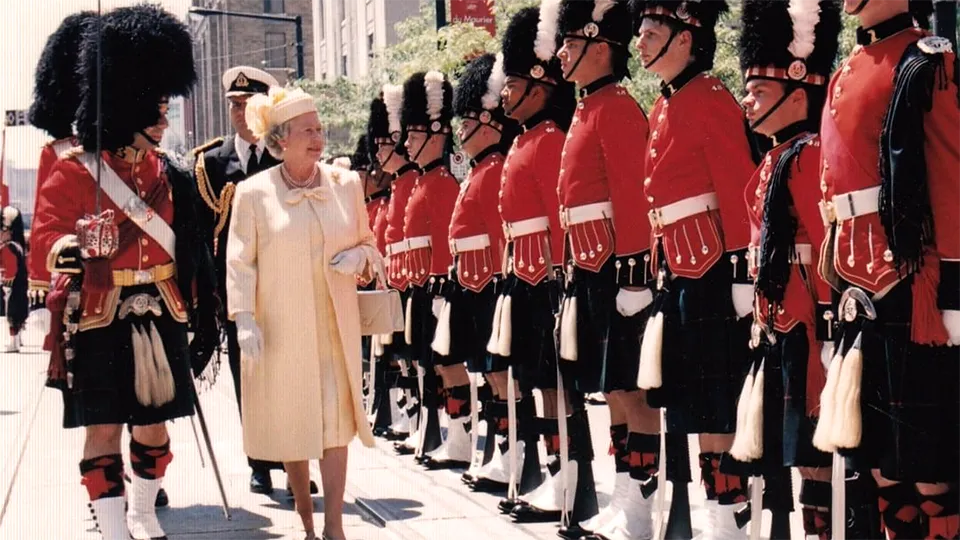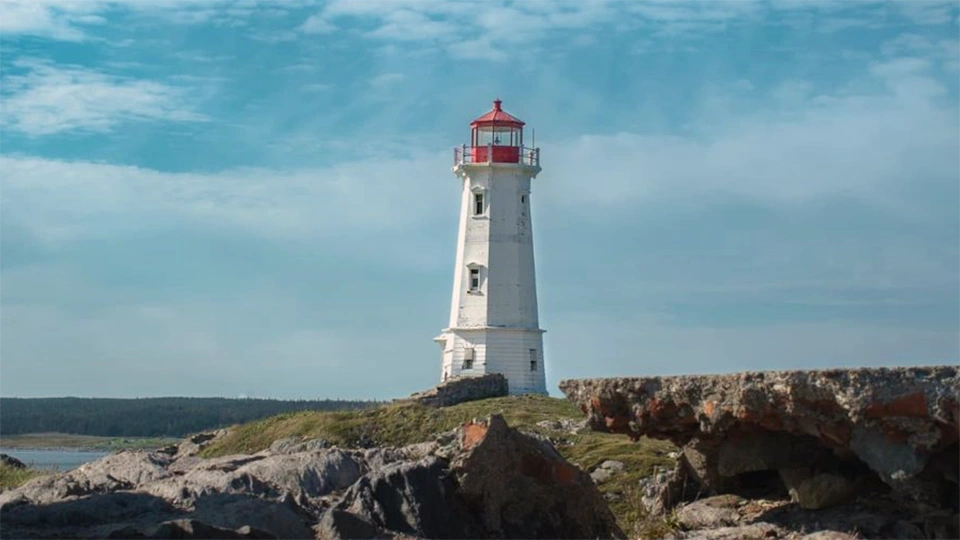- Mahsa S. Y.
- information
- 336 views
- 0 comments
Canada, the second-largest country in the world by land area, has a rich and diverse history shaped by its Indigenous peoples, European exploration and settlement, and eventual emergence as a self-governing nation. From its early beginnings as a land of thriving Indigenous cultures to its role as a key player in global events, Canada's history is a tapestry woven from various influences.
Understanding this history involves exploring the impact of colonization, the struggles for self-governance, the Development of a multicultural identity, and its contemporary position on the global stage.

Indigenous Peoples and Pre-Colonial History of Canada
Before European contact, Canada was home to diverse Indigenous peoples with complex societies, cultures, and economies. The Indigenous population, consisting of First Nations, Inuit, and Métis, lived on the land for thousands of years, establishing trade routes, governing systems, and rich cultural traditions.
First Nations of Canada Land
The First Nations were the earliest inhabitants of Canada, occupying regions from the Pacific coast to the Atlantic seaboard. They spoke numerous languages and dialects and had unique social and governance structures. Among the notable groups were the Iroquois Confederacy in the Great Lakes region and the Plains tribes, such as the Cree and Blackfoot.
Inuit History of Canada
The Inuit people lived in the Arctic regions, adapting to the harsh climate through ingenuity and resilience. Their survival relied heavily on hunting and fishing, and they developed a distinct culture, including igloo-building and kayaks, that was suited to the Arctic environment.
Métis History
The Métis emerged later as a distinct group, descending from unions between European fur traders and First Nations women. They played a crucial role in the fur trade and developed a unique culture, blending both Indigenous and European traditions.
Cyrus Crafts; Luxury & Unique Products
European Exploration and Colonization in Canada
The arrival of Europeans in the 15th Century marked the beginning of significant changes in Canada. The French and English were the primary colonizers, setting up settlements and trading posts and vying for control over the lucrative fur trade.
Early European Explorations in Canada Land
The first recorded European to reach Canada was John Cabot, an Italian navigator sailing under the English flag in 1497. His arrival on the coast of Newfoundland was followed by the explorations of Jacques Cartier, a French explorer, in 1534, who sailed up the St. Lawrence River and claimed the land for France.
French Colonization in Canada: New France
The establishment of New France began in 1608 when Samuel de Champlain founded Quebec City. The French colony thrived through the fur trade, creating alliances with Indigenous groups. New France grew, and settlements spread through the St. Lawrence Valley, but conflicts with the British soon arose.
British Colonization and the Seven Years' War
By the early 18th Century, Britain and France were competing for dominance in North America. The conflict culminated in the Seven Years' War (1756–1763), which ended with the Treaty of Paris in 1763. France ceded nearly all its North American territories to Britain, leading to British dominance over what is now Canada.

The Road to Confederation in Canada
The British North American colonies experienced a gradual path towards self-governance. After the War of 1812, which solidified the border between Canada and the United States, internal conflicts and changing political dynamics set the stage for a unified nation.
The Rebellions of 1837-1838
Political dissatisfaction in Upper and Lower Canada led to the Rebellions of 1837-1838, which were quickly suppressed by British forces. The rebellions highlighted the need for political reform, prompting the Durham Report, which recommended responsible government and the union of the two Canadas.
Confederation of 1867, Canada
Canada's official birth as a nation came on July 1, 1867, with the Confederation, uniting the provinces of Ontario, Quebec, New Brunswick, and Nova Scotia into the Dominion of Canada under the British North America Act. This act established a federal system of governance, with a strong central government and provinces retaining certain powers.
Expansion and Development of Canada
Following Confederation, Canada expanded rapidly westward and northward. Both nation-building and tensions with Indigenous peoples marked this expansion.
Westward Expansion and the Railroad in Canada
The addition of Manitoba, British Columbia, and the vast North-Western Territory (modern-day Alberta and Saskatchewan) was facilitated by the promise of a transcontinental railroad. The Canadian Pacific Railway, completed in 1885, linked the country from coast to coast, encouraging settlement and economic Development.
Indigenous Displacement and the Numbered Treaties
The government negotiated the Numbered Treaties with Indigenous nations to facilitate westward settlement. However, these treaties were often implemented unjustly, leading to widespread displacement, the establishment of the reserve system, and the devastating residential school system.
Here is a brief and interesting review of the most amazing traditions and customs in Canada, which have roots in this country's history.
Canada in the 20th Century
The 20th Century was a period of rapid change for Canada, marked by its participation in two World Wars, social transformations, and the assertion of greater independence from Britain.
World Wars and National Identity
Did you know that Canada contributed to both WWI and WWII? Canada's attendance in World Wars (1914-1918 and 1939-1945) significantly shaped its national identity. The country emerged from both conflicts with a sense of pride and autonomy. The Statute of Westminster in 1931 recognized Canada's legislative independence, laying the groundwork for full sovereignty.
Post-War Prosperity and Social Changes
The post-World War II era saw economic prosperity, a wave of immigration, and the rise of modern social policies, including the creation of universal healthcare and multiculturalism as official policy. The 1960s and 1970s brought political challenges, particularly the rise of Quebec nationalism.
The Constitution Act of 1982 in Canada
One of the most significant milestones in Canada's history was the patriation of the Constitution in 1982, which included the Charter of Rights and Freedoms. This move marked Canada's full legislative independence from Britain and enshrined individual rights.
Contemporary Canada
Today, Canada is known for its multiculturalism, political stability, and strong social welfare systems. It remains a constitutional monarchy, with a federal parliamentary democracy. The country continues to grapple with issues related to Indigenous rights, climate change, and its role on the international stage.

Indigenous Reconciliation
Modern Canada is making efforts to reconcile with Indigenous peoples, including the Truth and Reconciliation Commission (TRC) and the acknowledgment of the dark legacy of residential schools. In other words, Canada is trying to revive Indigenous culture. However, many challenges remain, including land rights and socio-economic disparities.
Political and Social Aspects of Today's Canada
Canada's political landscape is shaped by its commitment to multiculturalism, immigration, and social equality. Quebec nationalism remains a key issue, though recent decades have seen greater accommodation and cooperation between French and English-speaking Canada.
Canada's Significant Global Roles
Canada plays a significant role in international peacekeeping, climate policy, and human rights advocacy. It is a member of the United Nations, the Commonwealth, and the G7 and continues to promote its values on the global stage.
CyrusCrafts' Overview of Canada's History
Canada's history spans thousands of years, beginning with its Indigenous peoples and extending through European colonization, the struggle for self-governance, and its growth into a modern nation. Major historical events include:
- The French and British rivalry.
- Confederation in 1867.
- Westward expansion.
- Participation in world wars.
- The Constitution Act of 1982.
Contemporary Canada is characterized by its focus on multiculturalism, social welfare, and Indigenous reconciliation. Its journey reflects a balance of tradition and transformation, making it a unique and dynamic country in the global landscape. While challenges remain, Canada's history is defined by its resilience and commitment to principles of democracy, inclusion, and human rights.
CyrusCrafts, the international drop-shipping company, hopes this article will be helpful for you. We reviewed the history of Canada because our central office is located there. With the main office located in Toronto, Ontario, and other branches worldwide, CyrusCrafts offers luxurious and unique items, such as Persian rugs, handmade homeware furniture, and one-of-a-kind decorative items at the best prices and delivers them all by shipping and cargo. So, it doesn't matter if you live in the USA or the UAE; you can order any item you like by filling out its order form or sending us a WhatsApp message.



















Comments (0)